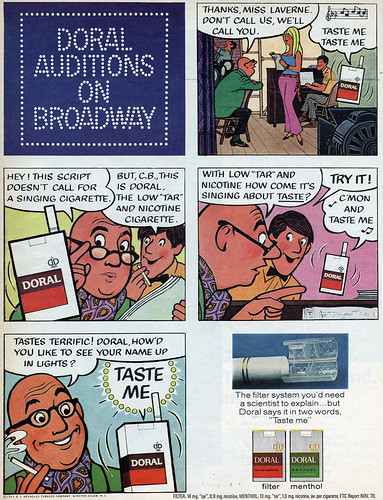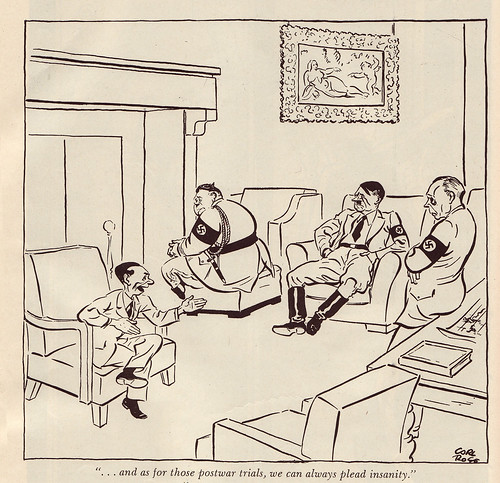9 chickweed lane-1993-Modern Woman working and making way in world
Abbie an' Slats-1937 until 1971
Abie the Agent-Jewish car salesman, helped promote jews in better light WWI related
ADVENTURes of patsy-1935-54 Fantasy comic, little girl
Adventures of Smilin' Jack- 1933-1973 Aviation Comic
Alley Oop-1932-current, used caveman as main character Comentary on Suburban life
Amazing Spider Man-1977-current, spin off from Comic Book,
Little Orpahn Annie-1934-74 misadventures of upbeat orphan girl
B.C.-1958-present, shows simplicity and the origin of ideas
Beetle Bailey-1950-present, humor about U.S. Army
Blondie-1930-current, life of a flapper girl to married upper crust now lives with him and 2 kids. Humors of the home comic
The Boondocks-1999-06, satire of city black kids living with grandfather in nice white suburan neighborhood
Boots and Her Buddies-1924-69, college/high school girls story
Bringing Up Father (Maggie and Jiggs)-1913-2000-Jiggs, irish guy who comes into wealth but still has old fashioned way, married to Maggie, social climbing wife
Buz Sawyer-1943 79, life abroad a ship, big in WW2 with Navy
Calvin and Hobbes-1985-95, Boyish Fantasy, midwest america
Captain Easy-1933-1988, action adventure comic. Army, WW2
Dennis the Menace-1951-present, boyhoood mischief,
Dilbert-cubical worker, lame life
Don Winslow of the Navy-1934-55, Spy, Naval
Dondi-1955-86, War orphan from WW2, italian, denice the menice like
Doonesbury-1970-current, political comic strip
Dream of the Rerebit Fiend-1904, Winsor McCay
the Family Circus1960-present, single pannel, family life
the Far Side-1980-95, one pannel, uncomfortable social situations
Flyin' Jenny-1939-46, WW2 aviation war comic
Fox Trot-1988-present, daily family life
Funky Winkerbean-1972-present, lives of highschool students, heavy subjects
Garfield-1978-present, comedic life of animals, most sydicated comic in the world
Hagar the Horrible-1973-present, life of a viking
happy Holligan-1900-32, life of a irish hobo
Joe palooka-1930-84, heavyweigh boxer
The Katzenjammer Kids-1912-present, off and on, rebel youth, german immagrant,
Krazy Kat-1913-44, animals, dreamlike, surrealism, innocent play
Little Jimmy-1904-58, silly little boy jimmy, constantly forgetting
Little Nemo in Slumberland-Adventures of a dreamland of a boy, greatest ever
Maakies-1994-present, alternative comic, dark humor
Marmaduke-1954-present, single panel, humor about a dog
Mother Goose and Grimm1984-present, dog, random funny shit
Peanuts1950-2000, greatness
Prince Valiant1937-present, continuous story, epic historical adventure
Stever Roper and Mike Nomad-1936-04, adventure strip,
Tank McNamara-1974-presnt, sports
Tarzan-1929-72, winderness man,
Terry and the Pirates-1934-97, Adventure sea book world travel
Winnie Winkle1920-96, working woman
The Wizard of Id-1964-presnt, freudian pyschological commentary on medieval world
The Yellow Kid-1895-98, no speach balloons, first comic strip
Ziggy-1969-presnt, misfurtunes that fall upon this guy who has not real things going on in his life.





